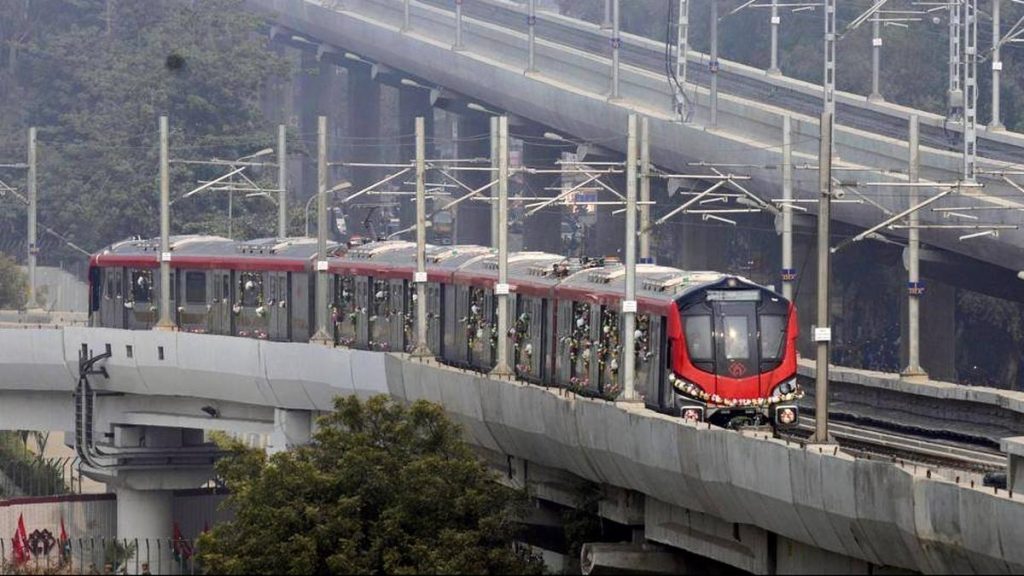Now Reading: India Announces Gas Price Hike from April
-
01
India Announces Gas Price Hike from April
India Announces Gas Price Hike from April

Quick Summary
- Domestic natural gas price increased by $0.25 to $6.75 per mmbtu for April, as per an oil ministry notification.
- Costs for households using piped natural gas, running CNG vehicles, and city gas distributors may increase marginally.
- Teh price ceiling for difficult fields remained nearly unchanged at $10.04 per mmbtu for the next six months (previously $10.16).
- Gas prices are notified biannually by the oil ministry-at the end of March and September-for a six-month period.
- Producers like Reliance Industries, BP, and ONGC cannot exceed thes price ceilings for deep-sea or high-pressure high-temperature operations.
- Under the administered price mechanism (APM),monthly domestic natural gas prices are linked to 10% of the Indian crude basket’s average but must remain within cabinet-imposed floor ($4) and ceiling ranges ($6.5).
- for April 2023: Crude-linked effective APM price set at $6.75 per mmbtu (up from $6.5 in March). The actual crude benchmark fell from $7.8 in March to $7.26 in April.
Indian Opinion Analysis
The recent adjustment of domestic natural gas prices reflects India’s ongoing efforts to balance energy affordability with producer viability amidst fluctuating global crude benchmarks. While marginal increases will slightly impact household cooking costs and transportation expenses via CNG vehicles, they also maintain predictable revenue avenues for energy producers like ONGC and Reliance under regulated pricing mechanisms.
The retention of a strict price band-$4-$6.5 established by cabinet decisions-ensures some stability amid market volatility but limits producers’ ability to capitalize fully on higher international rates or innovations tied with challenging field extractions (e.g., deep-sea reserves). This dual-tiered pricing approach appears to support affordability goals without straining India’s long-term energy security strategy.
However, downstream pricing changes could affect urban consumers more than rural ones due to reliance on piped gas/city distribution networks-a factor worth noting as policymakers navigate broader infrastructure expansions in both pipeline coverage and renewable alternatives.



























